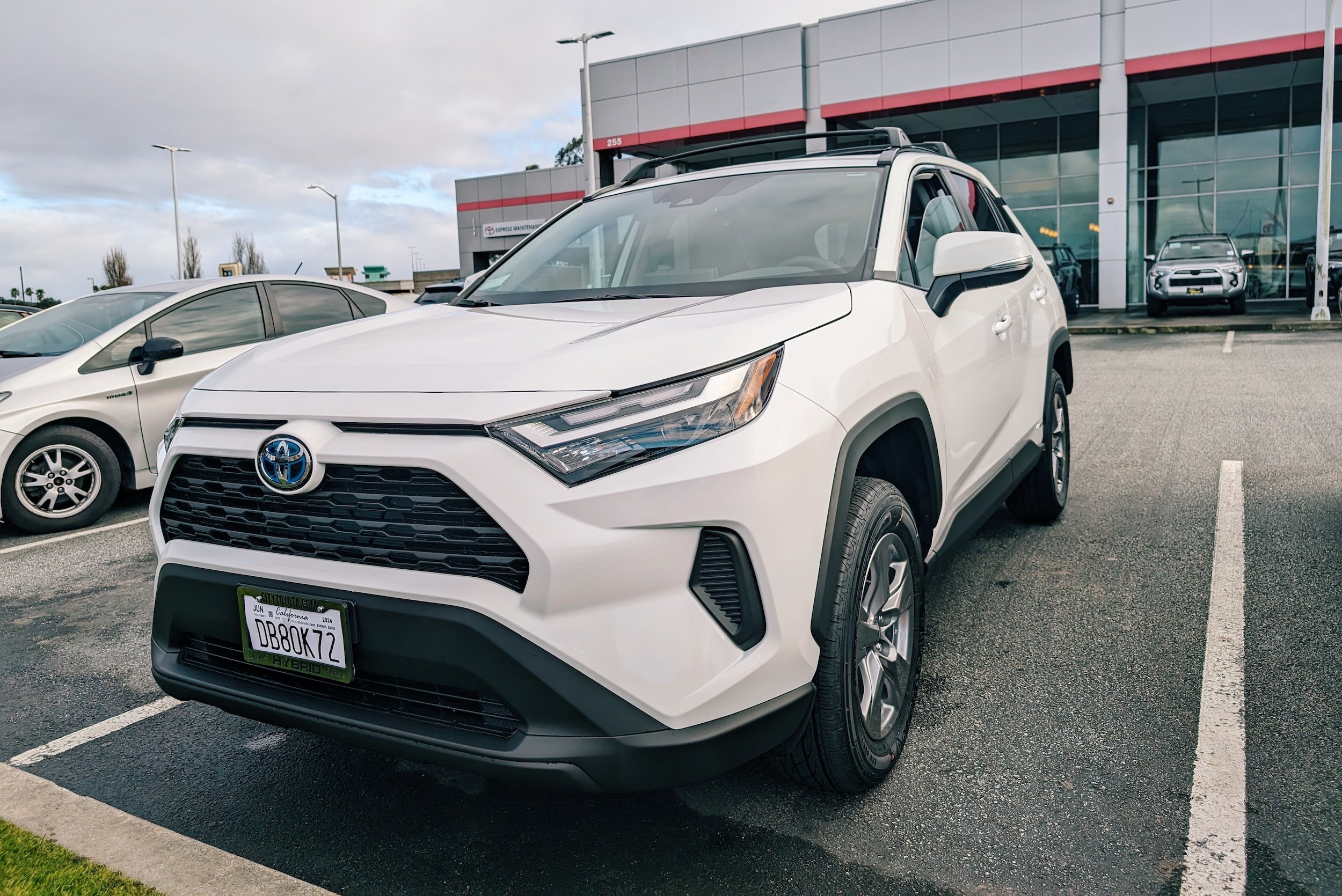I read this article about the owner of a local Mexican restaurant justifying why the price of their burrito has doubled in price (from $13 to $22) in a few years. The reasons for inflation is universal: material cost and labor costs have increased dramatically. I can appreciate this owner isn’t price gouging for the sake of price gouging. This isn’t like McDonalds: record profits after raising menu prices (read: pure greed).
What restaurant owners need to appreciate in return is that higher menu pricing is going to deter some customers from patronage. (Price elasticity: I learned this in business school.) I am amongst that group of eaters. I have great mental difficulty in paying $22 for a burrito, no matter how deliciously crafted it is, and no matter how logically sound the price came to be. (Especially not when Chipotle exists.) I guess my cost anchor for restaurant food is still in the pre-pandemic era.
Some prices just don’t make any sense to me. $9 for a small bag of popcorn chicken at Quickly is simply absurd. Before the pandemic it used to cost $5. I’ve yet to buy an order at the new price. Quickly has lost me as a customer, perhaps forever if its menu prices don’t go back down. Not to say the company should be sad about it. I see plenty of students on campus willing to pay the $9 for popcorn chicken, and $6 for a milk-tea drink.
You know those hot dog carts that pop up on sidewalks near big events? I recently found out a hot dog there is $10! Think it over: a vendor that doesn’t pay for any rent or permit still needs to charge such high prices to make money. That’s a no buy from me. Not when a hot dog and drink is (a heavily subsidized) $1.50 at Costco.
I’m just hugely price-sensitive when it comes to outside food, that’s all. Restauranteurs can only raise prices so much before it deters enough people like me for it to be a negative. Maybe $22 for a burrito is not that juncture - perhaps $30? If I’m paying that much for a burrito, it had better be the best damn burrito on planet earth.
Ready to bloom.
